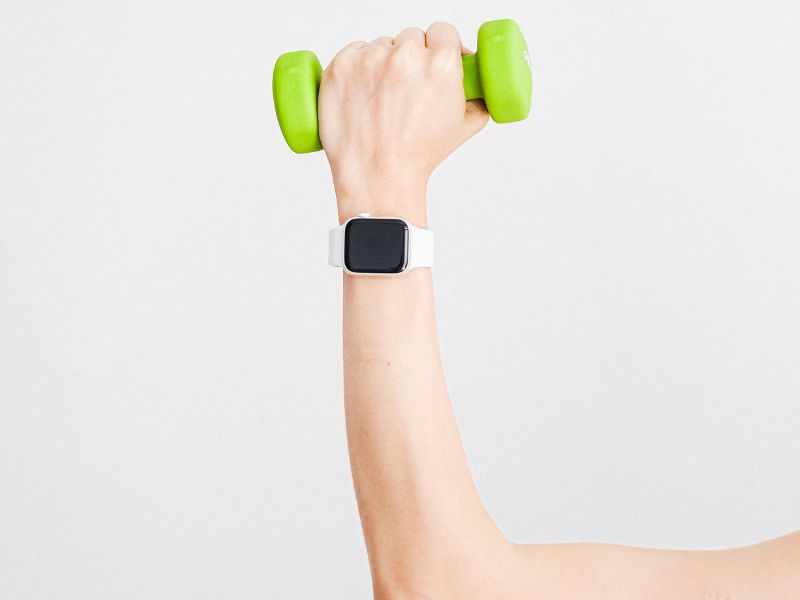
Top 10 Easy Rotator Cuff Exercises for Pain Relief and Recovery
May 21, 2025 by Paramedicacy's TeamIf you have a rotator cuff injury, doing simple exercises can help reduce pain and make your shoulder stronger. These exercises are easy to do at home and can help you recover faster.
What Is the Rotator Cuff?
The rotator cuff is a group of four small muscles in your shoulder. These muscles help you lift and rotate your arm. They also keep your shoulder joint stable. Injuries to the rotator cuff can happen from overuse, lifting heavy things, or sudden movements. Common problems include muscle tears, swelling, and pain.
10 Easy Exercises for Rotator Cuff Recovery
Here are some simple exercises that can help your shoulder feel better. Try to do them regularly, but stop if you feel sharp pain.
1. Pendulum Swing
- How to do it: Stand next to a table and place your good hand on it for support. Let your injured arm hang down. Gently swing your arm forward and backward, side to side, and in small circles.
- Why it helps: This exercise uses gravity to gently move your shoulder, which can reduce stiffness and pain.
2. Crossover Arm Stretch
- How to do it: Relax your shoulders. Gently pull one arm across your chest using your other hand. Hold for 30 seconds, then switch arms.
- Why it helps: This stretch improves flexibility in the back of your shoulder.
3. Doorway Stretch
- How to do it: Stand in a doorway with your arms on the door frame at shoulder height. Step forward slowly until you feel a stretch in the front of your shoulders. Hold for 15–30 seconds.
- Why it helps: This stretch opens up the front of your shoulder and chest, improving flexibility.
4. Side-Lying External Rotation
- How to do it: Lie on your side with your injured arm on top. Bend your elbow to 90 degrees, keeping it against your side. Hold a light weight (like a can of soup) and slowly rotate your arm upward, then back down.
- Why it helps: This exercise strengthens the muscles that rotate your shoulder outward.
5. Standing Row with Resistance Band
- How to do it: Attach a resistance band to a doorknob. Hold the band with your elbow bent and close to your side. Pull your elbow straight back, squeezing your shoulder blades together. Slowly return to the starting position.
- Why it helps: This exercise strengthens the muscles in your upper back and shoulders.
6. External Rotation with Arm Raised
- How to do it: Attach a resistance band to a doorknob. Raise your arm to shoulder height with your elbow bent at 90 degrees. Rotate your arm upward, then slowly return to the starting position.
- Why it helps: This strengthens the muscles that help you lift and rotate your arm.
7. Internal Rotation with Resistance Band
- How to do it: Attach a resistance band to a doorknob. Stand with your injured arm closest to the door. Keep your elbow bent at 90 degrees and close to your body. Pull the band toward your stomach, then slowly return.
- Why it helps: This strengthens the muscles that rotate your shoulder inward.
8. Sleeper Stretch
- How to do it: Lie on your side with your injured shoulder down. Bend your arm at 90 degrees in front of you. Use your other hand to gently press your forearm toward the floor. Hold for 30 seconds.
- Why it helps: This stretch improves flexibility in the back of your shoulder.
9. Reverse Fly
- How to do it: Stand with your feet shoulder-width apart and bend forward slightly at the waist. Hold a light weight in each hand. With a slight bend in your elbows, raise your arms out to the sides, squeezing your shoulder blades together. Slowly lower your arms back down.
- Why it helps: This exercise strengthens the upper back and shoulder muscles.
10. Lawnmower Pull
- How to do it: Stand with your feet shoulder-width apart. Hold one end of a resistance band with your injured hand, and place the other end under your opposite foot. Start with your hand near your opposite knee, then pull it diagonally across your body as if starting a lawnmower. Return to the starting position.
- Why it helps: This movement strengthens your shoulder and upper back muscles.
Don't let pain or mobility issues hold you back. Our home physiotherapy services are designed to help you recover faster and move better, all within the comfort of your home. Schedule your session now and embark on your journey to wellness.
